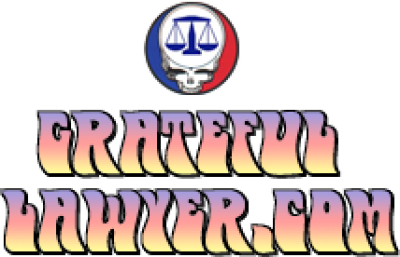In Ohio your tax refund is part of your bankruptcy estate. It is important to understand how this works
1. If you file a bankruptcy between October and April of the following year your tax refund or at least part of it belongs to the bankruptcy court. If you file your bankruptcy in October 83% of your refund belongs to the trustee and your bankruptcy estate. The closer to the end of the year the more of your tax refund belongs to the trustee. Once January occurs 100% of your tax refund belongs to the trustee.
2. Your are allowed to use your exemptions to protect the refund. The exemption available to protect your refund is your $400 to cash on hand exemption and your $1075 wild card exemption. These exemptions can only be used if you have not used them elsewhere. You can also protect the amount of the refund that is earned income credit or child tax credit.
3. If you have not filed your bankruptcy and have filed your tax return. The idea is to spend the tax refund on necessities. You must keep a record of everything you have spend the money on. You can not pay relatives or friends back with your refund. If you do you may not be able to file your bankruptcy unless you want the court to take the money back from the relative.
4. The law requires you to file your return or you can not get a discharge. You must have all of your taxes filed. This means Federal, state and local tax returns must be filed
5. The trustee does not want you filing and receiving an electronic refund. Paper refund only
It is important to review your refund situation with your lawyer prior to filing your bankruptcy.
